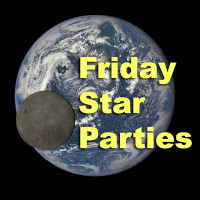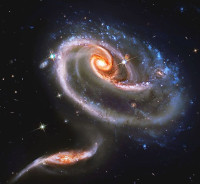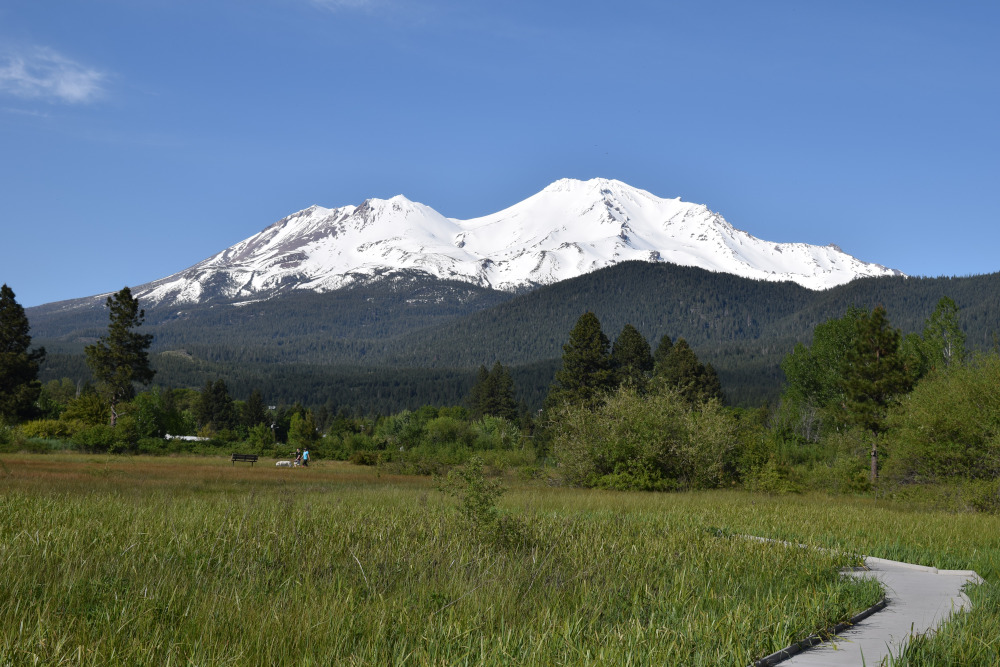Monthly MeetingsNext Meeting: Tuesday July 1st, 2025 at 6:00 PM
We will meet for an in-person meeting at the Mt Shasta Library at 6:00 PM and also on ZOOM.
Topic: To be Announced
To get the ZOOM login details, be sure to join our Email List by clicking HERE.
The best way to view the Zoom meeting is by downloading the Zoom App to your computer, tablet or phone. Here is the URL for the downloading:
Get Zoom App
Choose the appropriate option for your device. The App is free. Please download the App at least 1/2 hour before the meeting since it may take a few minutes to download. If you already have the Zoom App, you might check to see if a new version is available since it is updated frequently.









